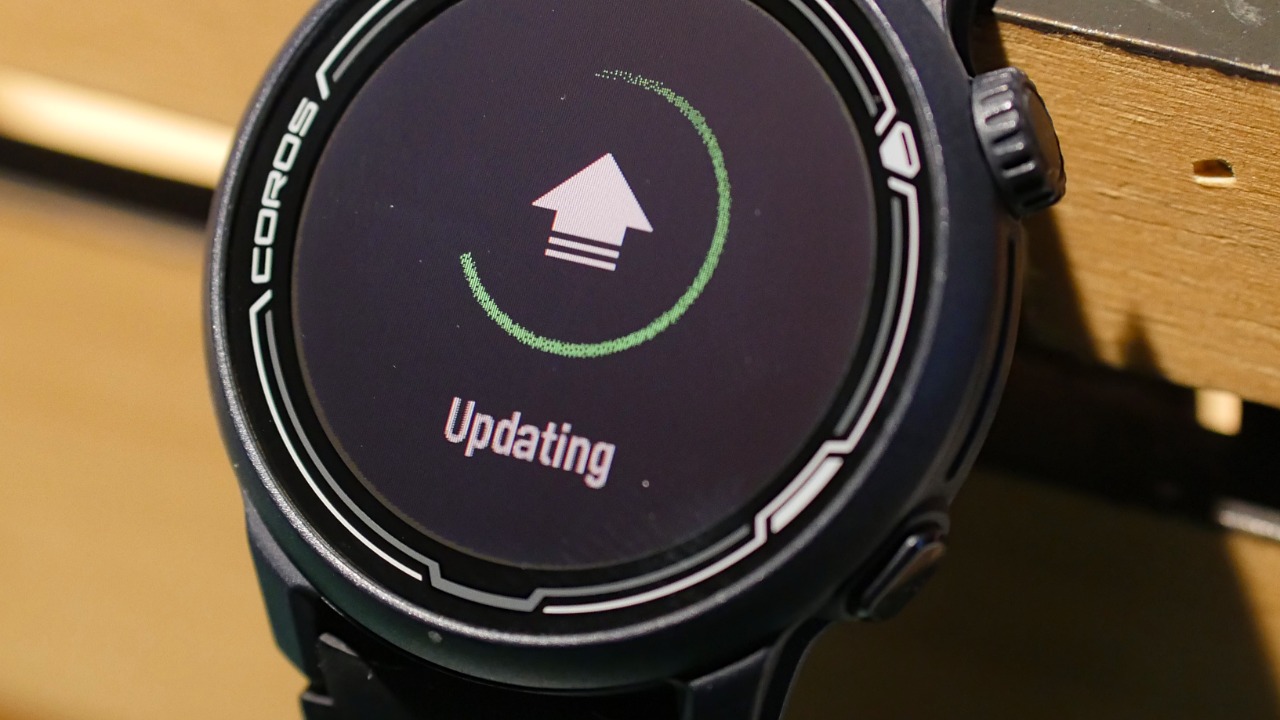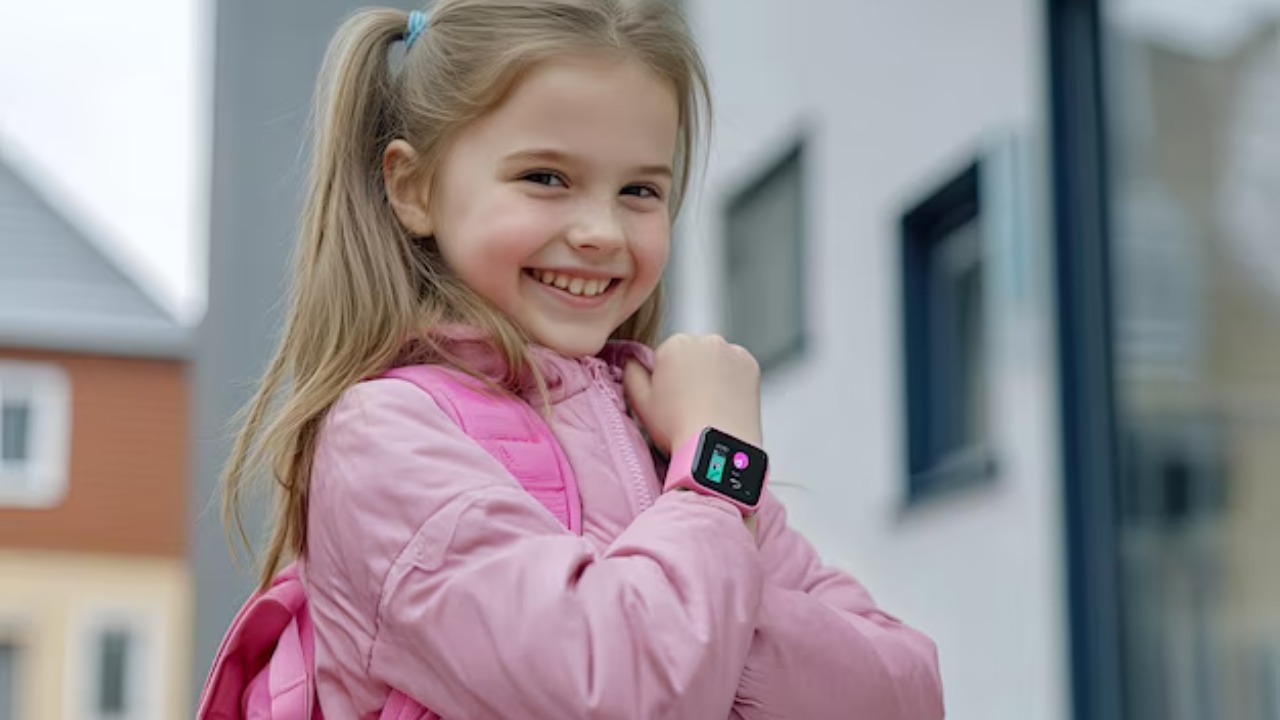
Recent investigations have unveiled alarming security vulnerabilities in children’s smartwatches, revealing the presence of hidden spyware. These findings raise significant concerns about privacy and data security for young users and their families. The implications of such discoveries emphasize the urgent need for enhanced cybersecurity measures in smart toys.
Understanding the Hidden Threats

The integration of spyware in smartwatches is a growing concern, especially when it targets children. Spyware is malicious software that clandestinely collects data from a device, often transmitting it to third parties without the user’s consent. Within children’s smartwatches, spyware can operate seamlessly, harvesting sensitive information such as location data, contact lists, and even personal messages. This covert operation poses significant risks, especially when considering the vulnerable demographic it targets.
Recent studies highlight the pervasive nature of these threats. A notable research paper from the University of Piraeus delves into cybersecurity vulnerabilities in children’s wearables, revealing shocking insights into the extent of these breaches. For instance, one case study showcased a smartwatch that was not only easily hackable but also capable of transmitting the child’s location to unauthorized entities. Such incidents underscore the pressing need for robust security measures in devices designed for children.
Security Vulnerabilities in Kids’ Wearables

One of the most concerning aspects of children’s smartwatches is their inherent security flaws. Common vulnerabilities include weak password protocols, unencrypted data transmission, and inadequate authentication measures. Hackers can exploit these weaknesses to access and manipulate the device, often without the user or their guardians being aware. Such breaches can lead to unauthorized tracking of a child’s movements or even the interception of their communications.
The role of manufacturers is crucial in mitigating these risks. Unfortunately, many companies prioritize cost over security, resulting in devices that are easy targets for cybercriminals. While there are industry standards intended to guide manufacturers, the lack of regulatory oversight means that compliance is often voluntary. This gap in regulation highlights the need for stricter policies to ensure that manufacturers prioritize the security of their products. As discussed in a blog by ExpressVPN, the onus is on the industry to implement rigorous security protocols to protect young users.
The Impact on Privacy and Safety

The presence of spyware in children’s smartwatches has far-reaching consequences for privacy and safety. For young users, the breach of privacy can lead to real-world dangers, such as stalking or identity theft. Moreover, the psychological impact of knowing their personal information has been compromised can be profound, leading to anxiety and a loss of trust in digital devices.
Beyond individual cases, these security issues contribute to a broader discourse on digital privacy. As society becomes increasingly digital, the importance of safeguarding personal data cannot be overstated. Parents and guardians play a critical role in this landscape, tasked with the responsibility of ensuring their children’s digital safety. Educating both themselves and their children about the potential risks and how to mitigate them is essential. This collective awareness can drive change, prompting manufacturers and policymakers to prioritize security in smart devices.
Protective Measures and Recommendations

For parents and guardians, there are several steps that can be taken to enhance the security of children’s smartwatches. Monitoring device usage and regularly updating software are crucial actions. Additionally, setting strong passwords and teaching children the importance of digital privacy can go a long way in protecting against potential threats.
On the industry side, manufacturers are encouraged to adopt more stringent security measures. This includes improving encryption methods and implementing regular security audits to identify and address vulnerabilities. Moreover, stronger regulations and standards are necessary to ensure that all devices meet a minimum security threshold. Organizations like the Association for Computing Machinery emphasize the importance of these measures, advocating for a unified approach to smart device security.
Future Outlook and Technological Advancements

As technology evolves, so too do the methods for combating spyware. Emerging technologies such as artificial intelligence and machine learning offer promising solutions for enhancing security in smart devices. These tools can analyze patterns and detect anomalies, providing an additional layer of protection against spyware.
The future of wearable technology is likely to be shaped by advancements in these areas. With a growing emphasis on security, we can expect to see smarter, more resilient devices designed with children’s safety in mind. As the industry progresses, the hope is that these advancements will lead to a safer digital environment for all users, particularly the youngest among us.